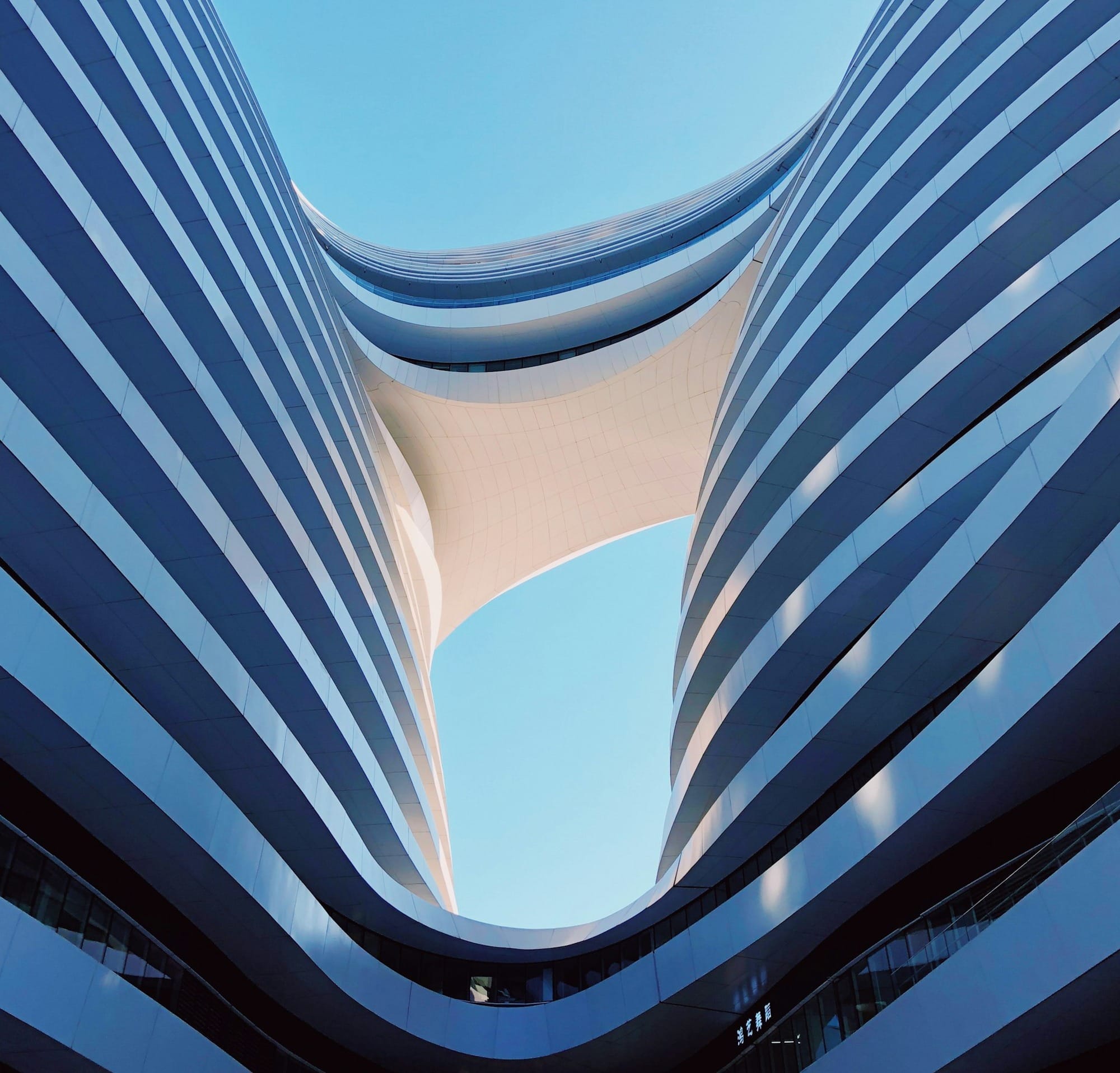AI in Architecture: Designing Homes with Generative Intelligence
Explore how generative AI is transforming home design in architecture, blending creativity and sustainability for better living spaces.

AI in Architecture: Designing Homes with Generative Intelligence
Imagine a world where your home’s layout, lighting, and energy efficiency are optimized not just by human architects but by advanced algorithms that learn from centuries of design. That’s the promise of AI in architecture, and it’s already changing how we create living spaces.
What is Generative AI in Architecture?
Generative AI uses machine learning to suggest innovative design solutions based on vast amounts of data. Instead of a traditional architect working from scratch, generative AI systems analyze site constraints, client preferences, and even climate data to propose countless design iterations.
These AI-powered tools aren’t here to replace architects. Instead, they’re expanding the design process—acting as intelligent partners that push creative boundaries while meeting functional needs.
Benefits of AI-Driven Home Design
The rise of generative intelligence in architecture brings some compelling advantages:
🏠 Personalized Design – AI tailors homes to individual lifestyles and tastes, making each design feel unique.
🌿 Sustainable Living – AI can optimize building materials and orientation for energy efficiency, reducing environmental footprints.
⏳ Speed and Efficiency – Complex designs that would take weeks can now be generated in hours, saving time and money.
A report by McKinsey found that AI-powered design can cut project time by up to 30%, underscoring its transformative potential.
Challenges and Ethical Considerations
However, this shift also comes with challenges:
⚠️ Human Oversight – AI-generated designs still require expert review to ensure they’re practical, safe, and culturally appropriate.
⚠️ Creativity Concerns – Some architects worry that over-reliance on AI could stifle human creativity and artistic expression.
⚠️ Bias and Data Privacy – Like any AI system, generative AI is only as good as its data—biases and privacy issues can creep in if not carefully managed.
Balancing these concerns is critical as AI becomes a trusted design partner.
Real-World Applications and Future Outlook
Leading architecture firms like Zaha Hadid Architects and Foster + Partners are already integrating AI into their workflows, using it for everything from form-finding to energy modeling. Homeowners, too, can benefit—startups are offering AI-powered tools that help visualize dream homes in minutes.
As generative AI evolves, expect more accessible and adaptive home design—where homes are shaped by both human creativity and machine intelligence.
Conclusion: Embracing the Future of AI in Architecture
AI in architecture isn’t about replacing architects—it’s about enhancing their craft. Generative intelligence brings new possibilities to the table, from sustainability to personalization, making homes smarter, more efficient, and better suited to the people who live in them.